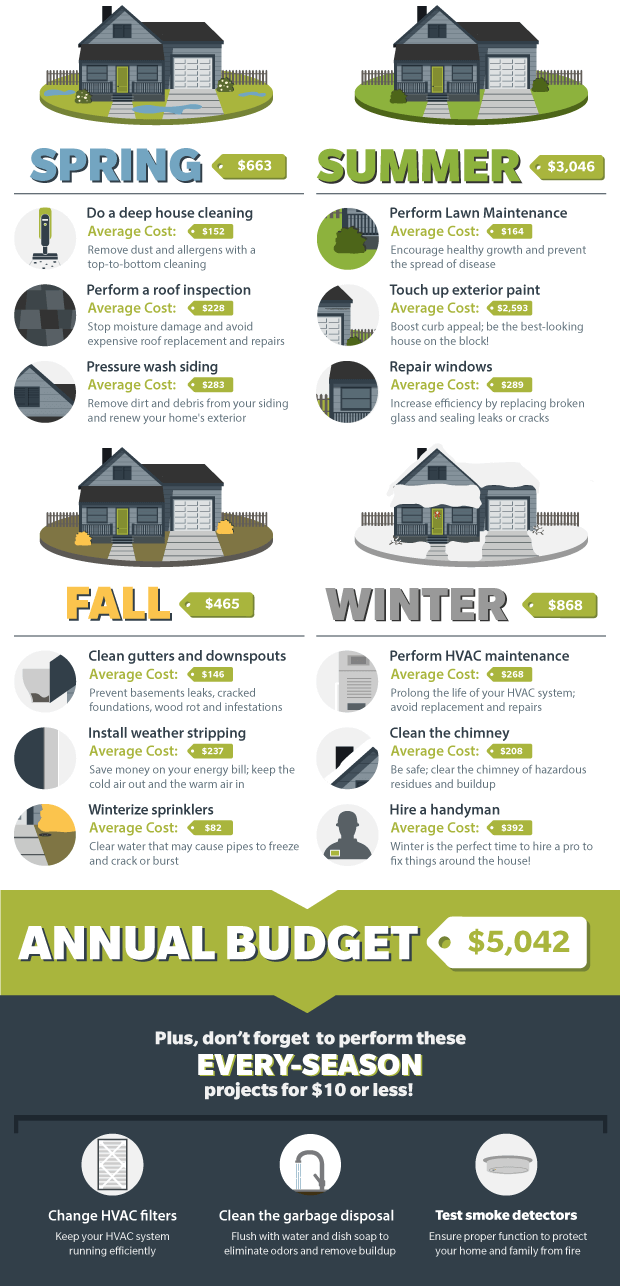When it involves roof setups, the climate can make or damage the job. Envision the stress of managing products that won't work together as a result of severe warmth or battling slippery surfaces caused by unanticipated rainfall. Understanding the effect of weather on your roof project is important for a successful end result. So, allow's explore how different weather condition elements can influence the high quality and resilience of your roof covering installation, ensuring a job well done.
Effect of Temperature on Roof Covering Installation
When it involves roof covering installment, temperature level plays a vital role while doing so. The excellent temperature for roof covering jobs usually drops between 45 and 85 degrees Fahrenheit. Extreme heat can trigger products like shingles to end up being as well flexible, resulting in potential damage during setup. On the other hand, cold temperatures can make materials weak and susceptible to breaking. It is essential to set up roofing installments throughout modest temperatures to guarantee the most effective end result.
During cooler weather, contractors might need to take added preventative measures such as using warmed devices or permitting materials to heat up prior to setup.
On the other hand, heat might call for work to be done previously or later on in the day to stay clear of the peak temperature levels. By considering Learn More Here and its effects on roof materials, you can help ensure a successful installment that will certainly stand up to the components for many years to come.
Impact of Precipitation on Roofing Projects
Roof covering projects can be considerably impacted by precipitation, influencing both the timeline and the high quality of the setup. Rain or snow can create slippery conditions, making it unsafe for roofing professionals to deal with a damp surface area. Furthermore, wetness can compromise the attachment of products like tiles or underlayment, leading to possible leakages or problems in the future.
If it rains throughout a roofing task, the water can permeate right into vulnerable locations, causing hold-ups as the setup staff have to await the roof covering to completely dry before proceeding. Excessive wetness can also promote the development of mold and mildew and mold, further threatening the honesty of the roof.
To avoid these concerns, it's recommended to schedule roofing tasks during drier periods or keep track of the weather prediction carefully to prepare around any prospective rainstorms. By taking precautions to work in beneficial weather conditions, you can ensure a smoother and a lot more successful roof covering installment process.
Impact of Wind Rate on Installment Success
Throughout roof installation, the rate of the wind plays a critical function in identifying the success of the project. High wind speeds can present considerable obstacles to roofing professionals, potentially causing safety hazards and high quality concerns. When wind speeds go beyond suggested limitations, it becomes difficult to deal with products, raising the danger of accidents and damages to the roofing materials. get redirected here can also impact the accuracy of measurements and the precision needed for correct installment.
To make sure a successful roof setup, it's necessary to check and consider wind rates. Ideally, roofing system installation ought to take place on days with reduced to moderate wind rates. This not only boosts the safety and security of the workers yet also boosts the total high quality of the installation.
Roofing tasks arranged throughout calm weather are more likely to be finished effectively and with fewer errors. By taking notice of wind rate projections and intending as necessary, you can aid guarantee a smooth and successful roof covering installation process.
Verdict
So, when it concerns roof installation, keep in mind to take into consideration the weather conditions to make certain a successful job. Optimal temperature levels, completely dry problems, and modest wind rates are crucial variables to prioritize for a smooth installment procedure. By scheduling your job during the very best periods and perfect weather, you can attain a long lasting and resilient roofing system that will shield your home for many years to come.
